
The Mt Kasighau Conservation Center
The Alliance for Human Animal Coexistence’s project extension site in Kenya
A hub to incubate and catalyze innovative and community-driven human-animal coexistence initiatives
Established in 2023 by Kahindi Lekalhaile and Katherine Baxter, the Mt Kasighau Conservation Center was built entirely from local materials by a local workforce without cutting down a single tree. In addition to acting as a community hub for innovative human-animal coexistence initiatives in Kenya, the Center also serves as an eco-retreat and knowledge exchange site, regularly hosting students, researchers, interns, and professionals from the US and around the world, giving them a unique opportunity to learn firsthand from the wealth of practical knowledge and Indigenous wisdom African perspectives have to offer on conservation challenges and how to harmoniously coexist with the non-human world, whilst experiencing the beauty and serenity of its location. All proceeds are reinvested into the Center's conservation and human-animal coexistence projects. The Center’s operations are made possible through mutually beneficial exchanges of knowledge and resources between the US and Africa.
All are welcome.

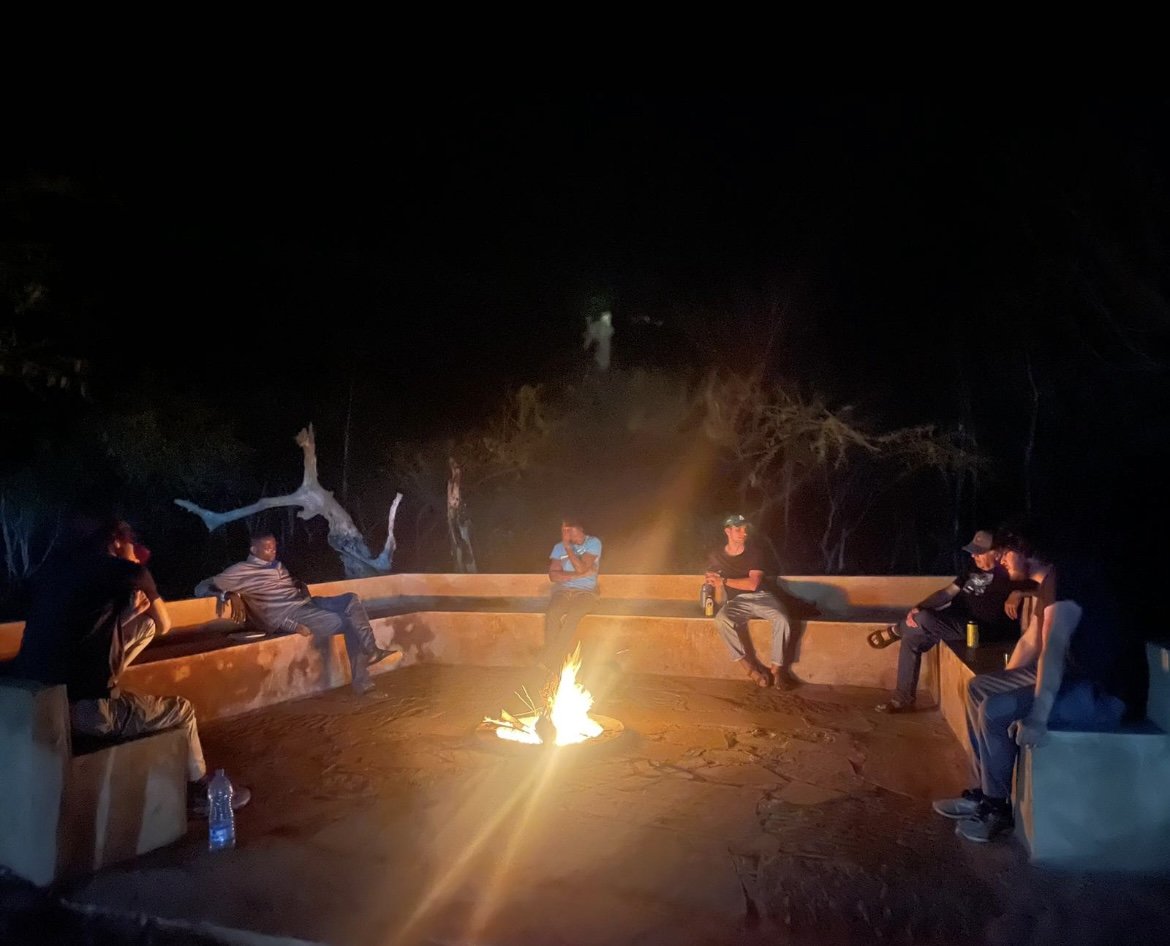







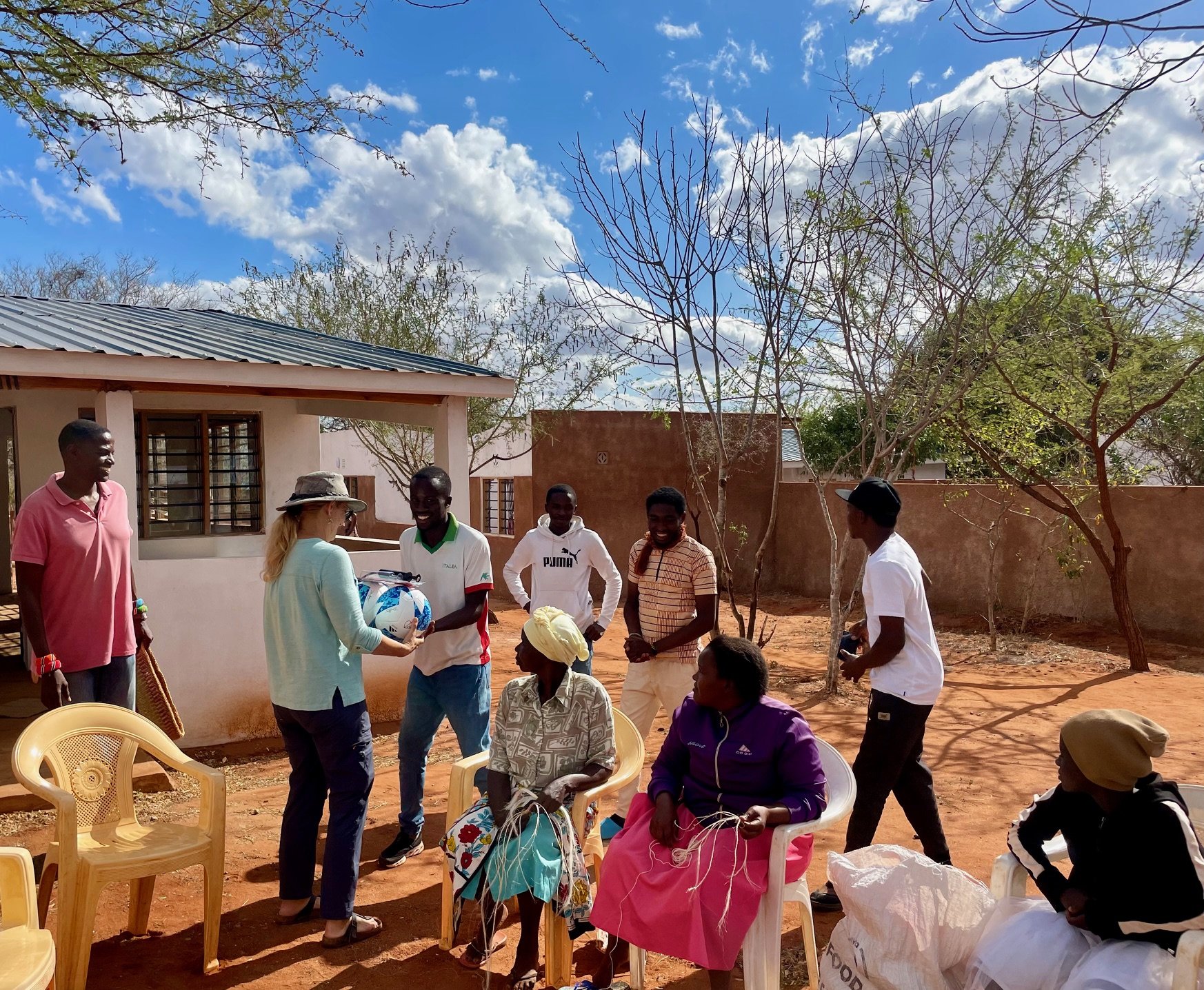






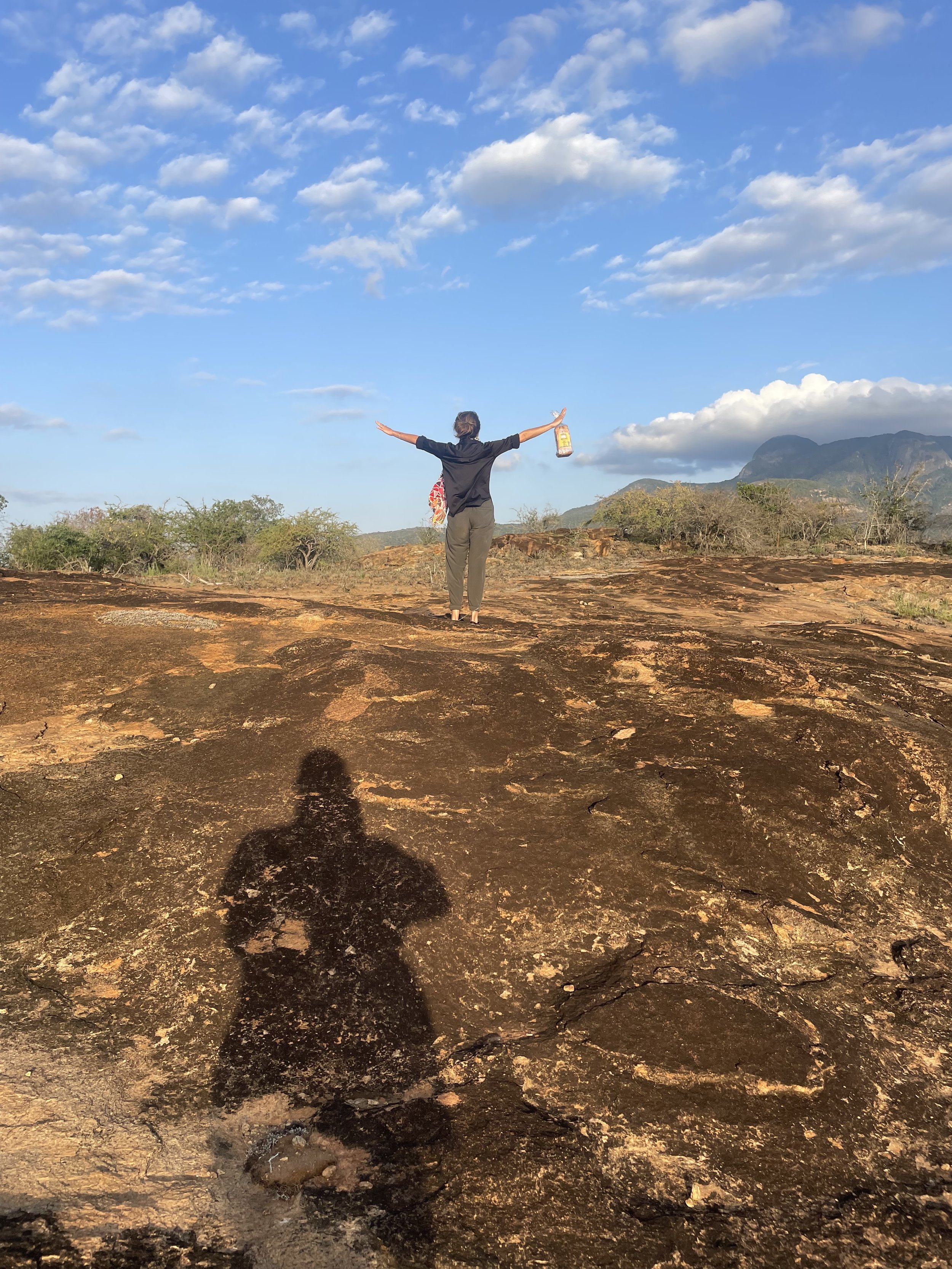




A story of transformation and place-based regeneration:
At the base of Mt Kasighau in Kenya, in the biodiversity hotspot of the Tsavo ecosystem, something remarkable is happening...
In most villages adjacent to Tsavo National Park, a critical elephant migratory corridor in Kenya, elephant crop predation continues to disrupt vital food and livelihood sources. Simultaneously, elephants' destruction of water storage facilities exacerbates the consequences of a dire drought, resulting in conflict and animosity between local communities and the largest elephant population in Kenya (approximately 20,000) for whom this vast ecosystem is home. Maize and other subsistence crops fail season after season as the rains dissipate and become increasingly unreliable in the face of a changing climate.
Stray dogs are routinely killed in cruel and inhumane ways when suspected of having rabies, and trends towards industrial animal agriculture and confined animal feeding operations are widespread.
But in Kasighau and the seven surrounding villages where our Conservation Center is based and active, it's a different story...
A story of positive human-animal coexistence, made possible by support from the US.
Read on to learn about our innovative wild, domestic, and farmed animal coexistence initiatives, and get in touch at katherine@humananimalcoexistence.org if you want to be involved in this amazing work.
In the seven villages encircling the base of the breathtaking Mt Kasighau, where our Conservation Center is located, what used to be dried up maize fields are now ablaze with vibrant yellow sunflowers able to resist the drought and predilections of elephants. What started in 2023 as a pilot project including 44 farmers has grown to include more than 850 farmers, who have now set-up a sunflower oil press machine and a co-op that's selling 'Elephant Friendly' sunflower cooking oil throughout the region, providing secure and stable income for the entire community, whilst also facilitating positive human-elephant coexistence.
Elephants & Sunflowers
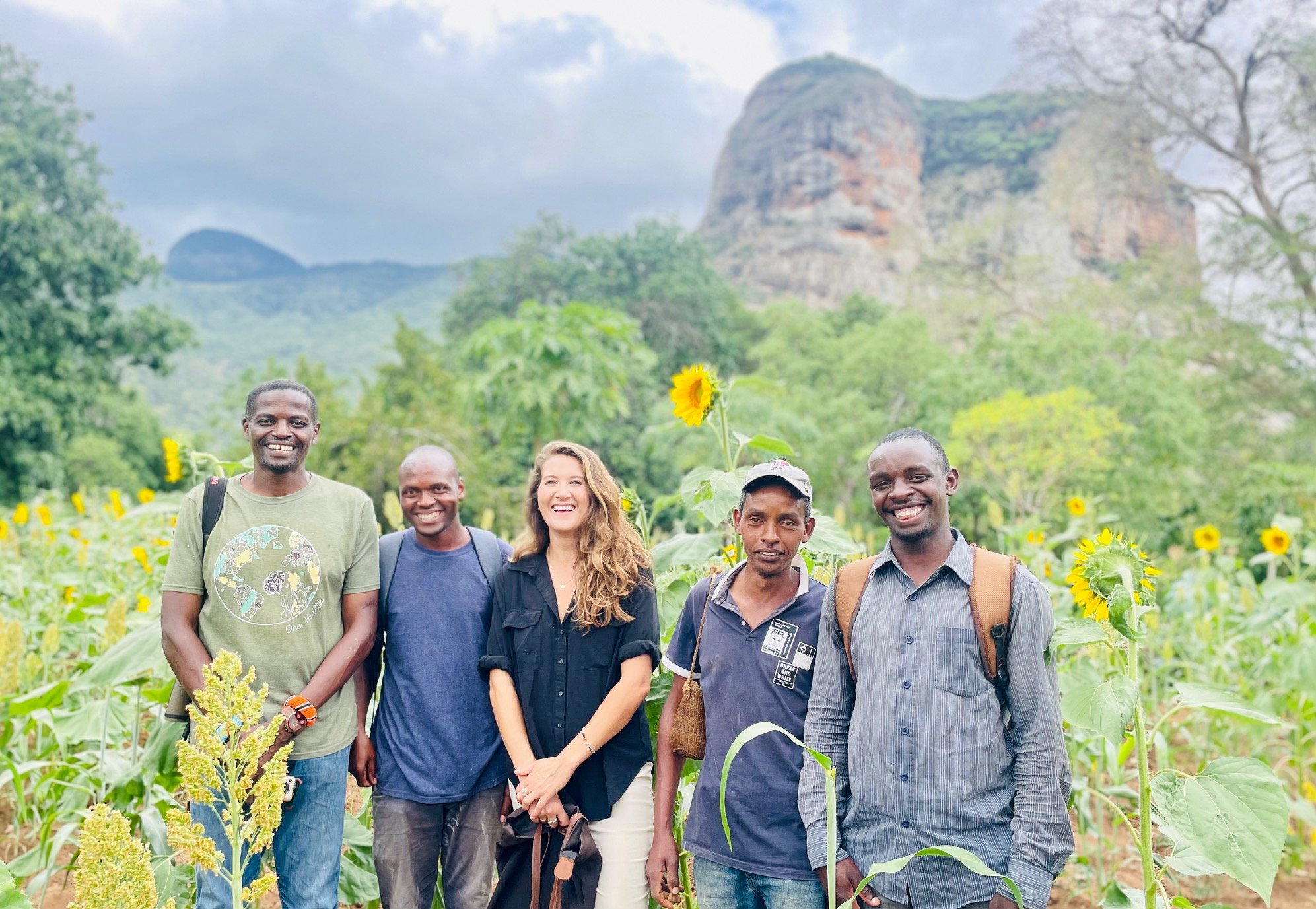
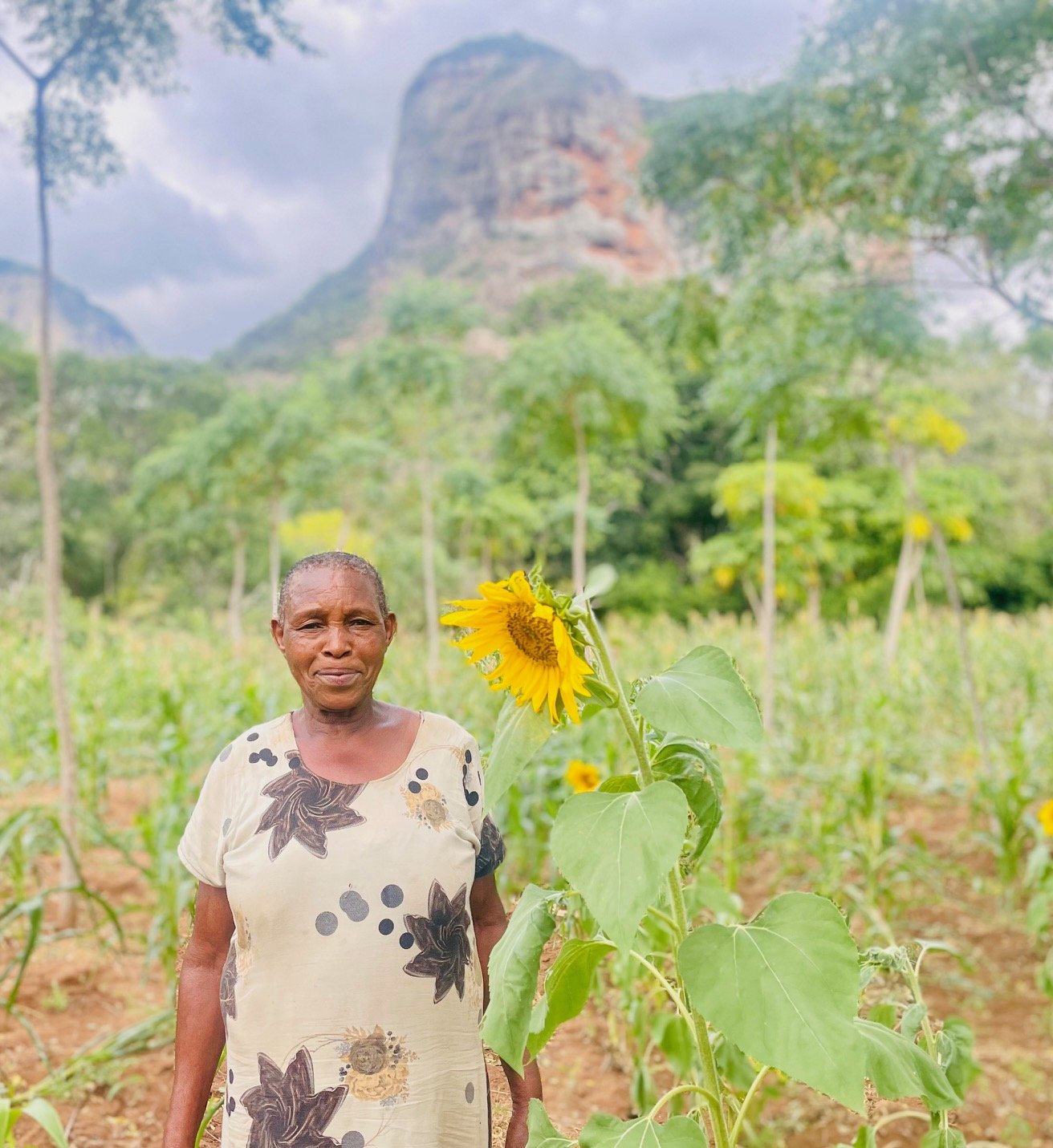
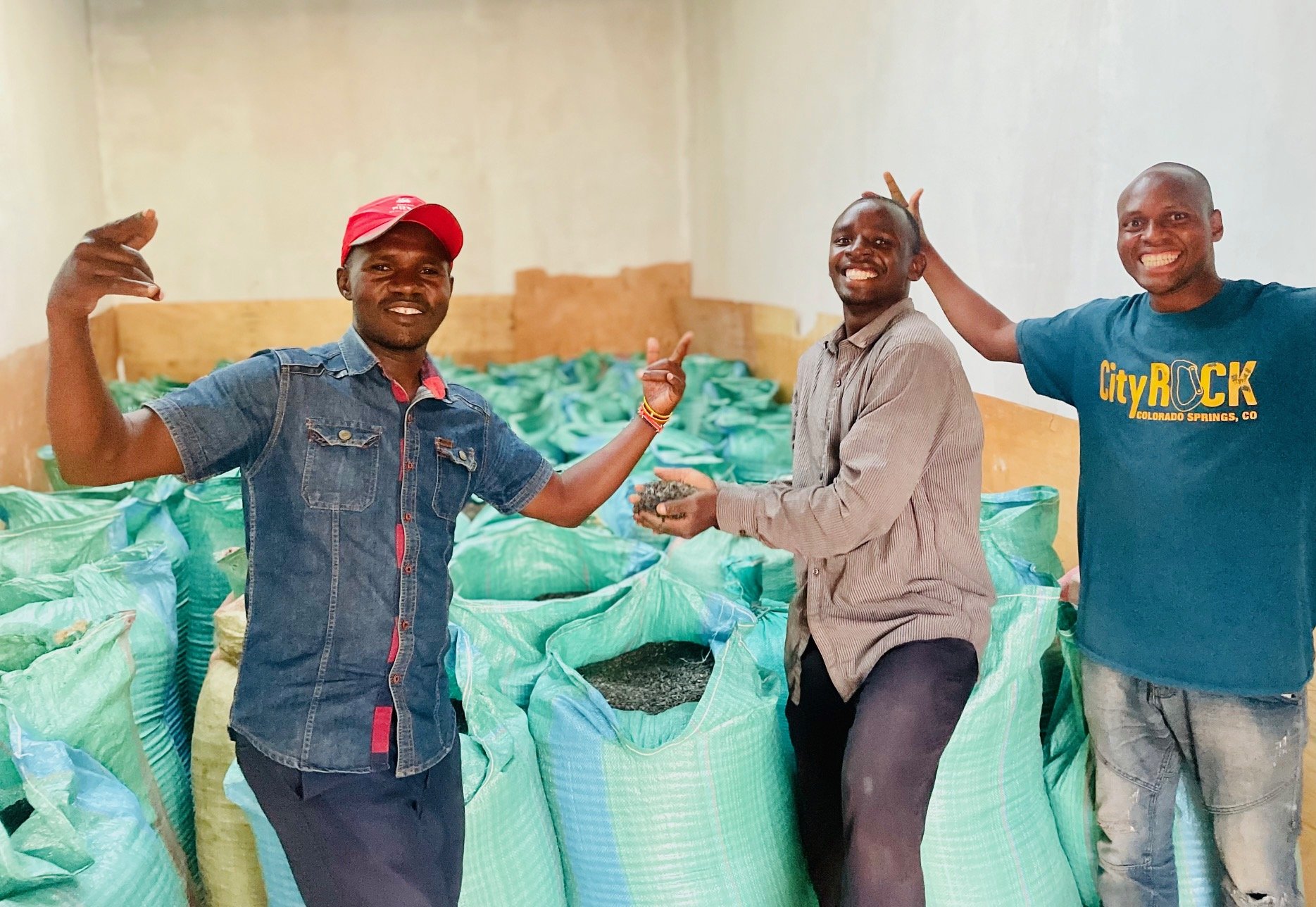
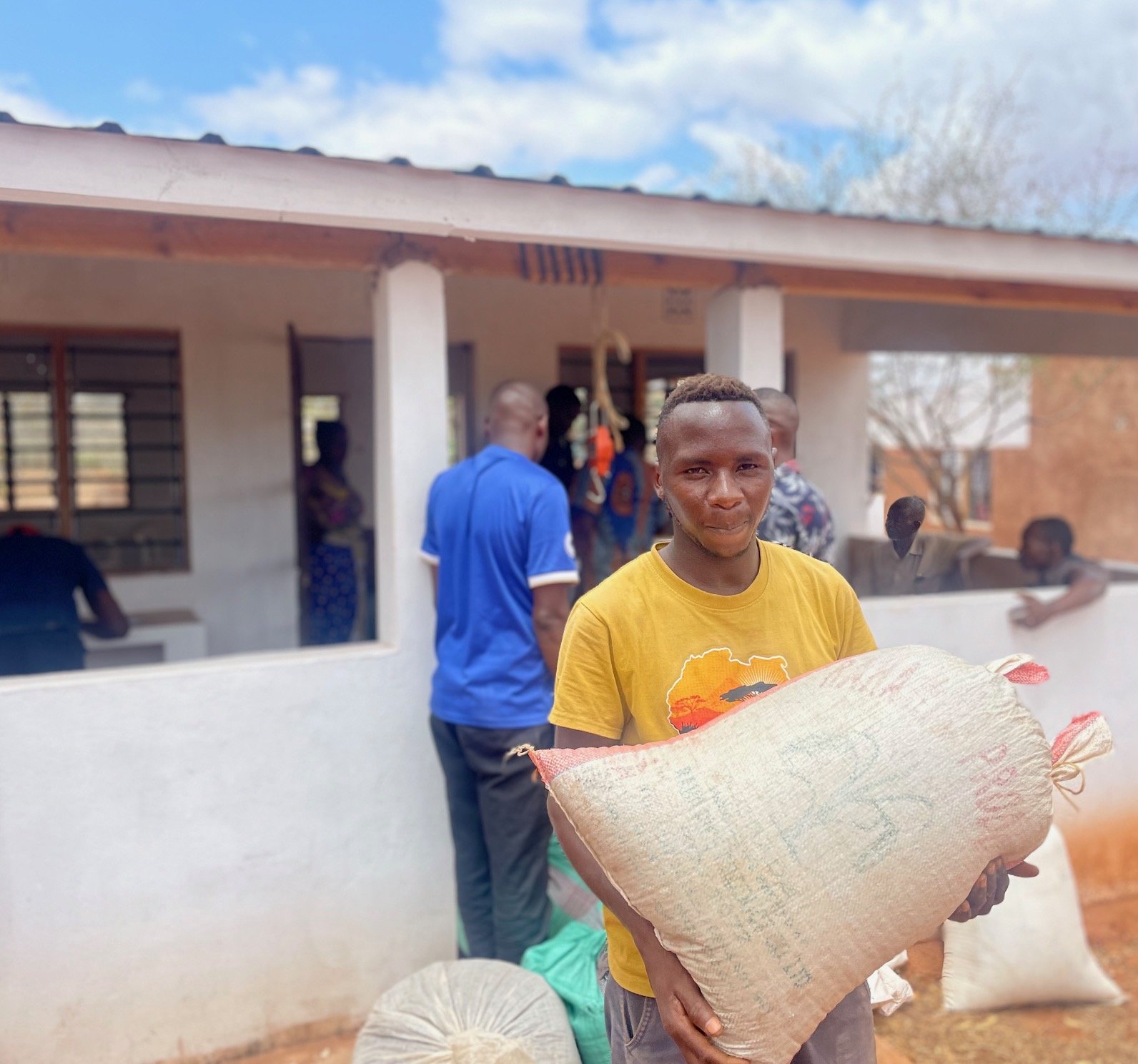





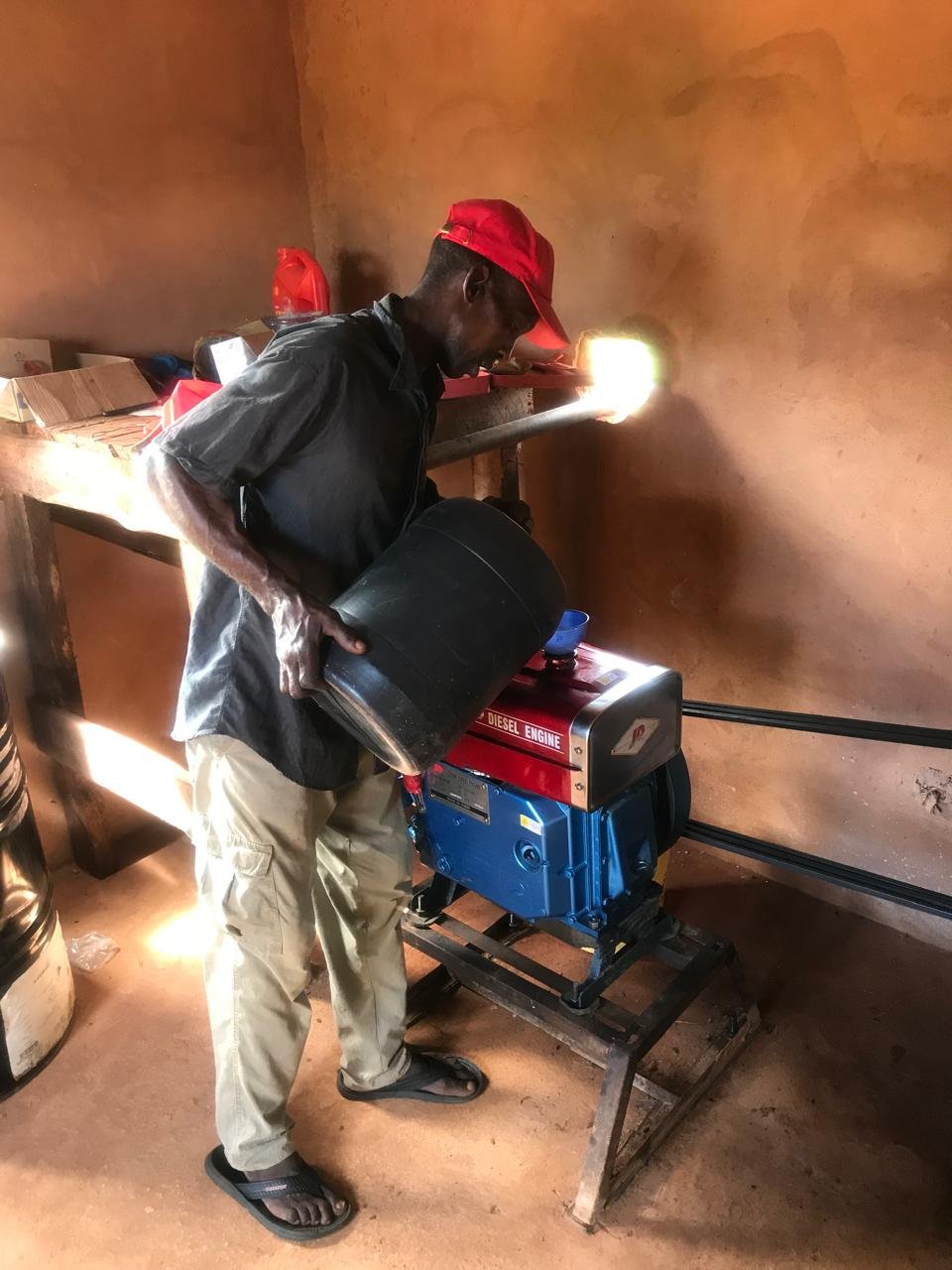
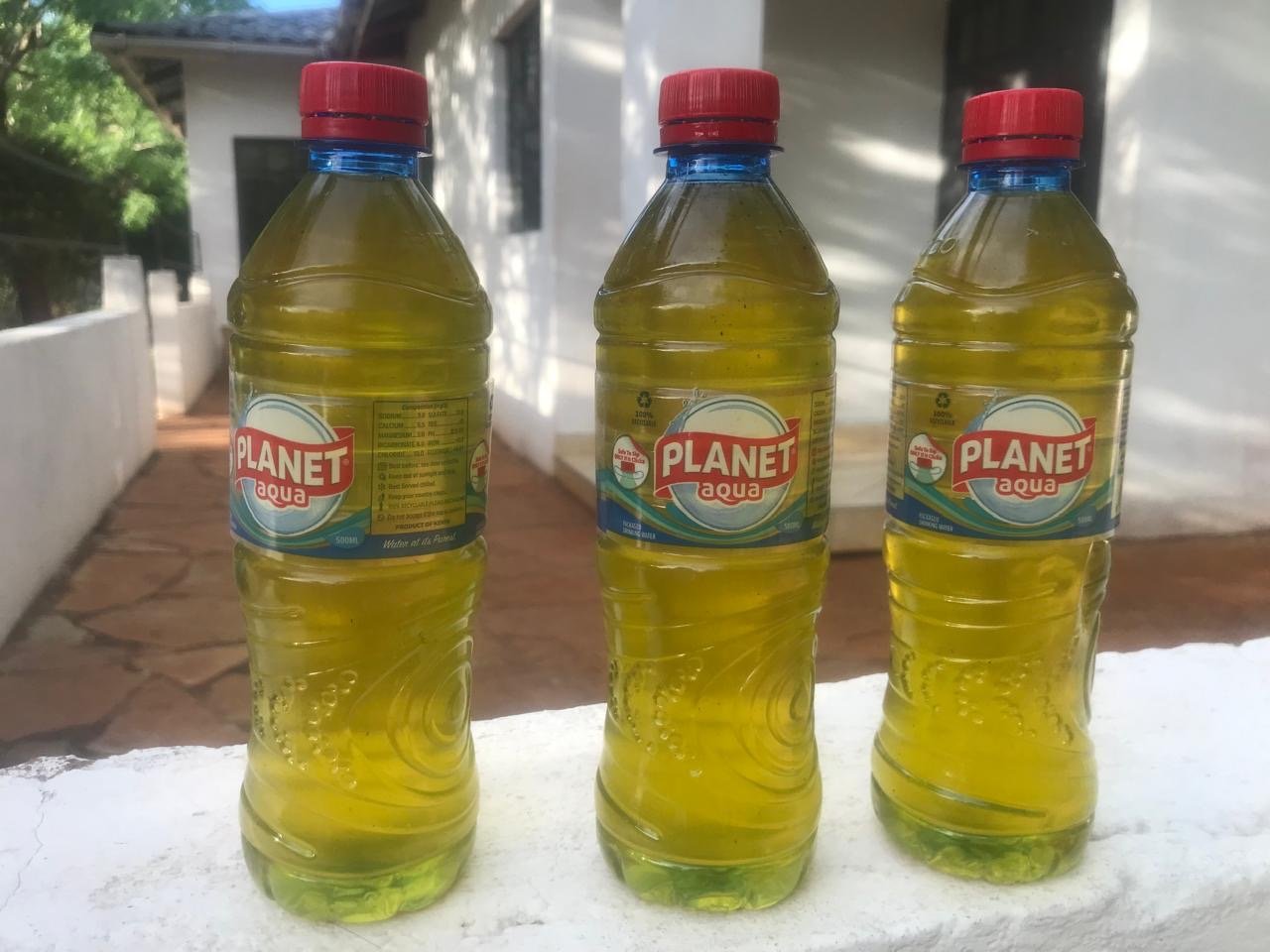




In parallel, what started in 2023 as a group of eight has turned into a group of 95 otherwise unemployed young men and women across seven villages that have been trained and registered by our Conservation Center as ‘Elephant Guardians’, taking it upon themselves to go on daily and nightly patrols to prevent human-elephant conflict, after having been trained by our Center Director, Kahindi Lekalhaile, on strategies to peacefully deter elephants from destroying water sources and invading farms. The presence of the Guardians has resulted in a 95% decrease in incidents of human-elephant conflict and crop destruction over an eight month period, and this model is now being used to train all Kenya Wildlife Service Rangers. The Governor of the County visited the Center and heralded these initiatives as "the way forward for human-elephant coexistence in Kenya".
Elephant Guardians













Animal Welfare Clinics & Vet Service Trips
Whilst farmers in this area are enjoying steady income and bountiful crop yields not interrupted by elephants, at the same time the 5,000+ stray dog population that had previously fallen victim to horrific incidences of cruelty when suspected of having rabies are instead roaming freely with collars marking the fact that they have been vaccinated (and therefore aren't a risk to public health) by a team of volunteers from the US who brought with them thousands of dollars of donated and otherwise unattainable vaccines, medications, and collars.


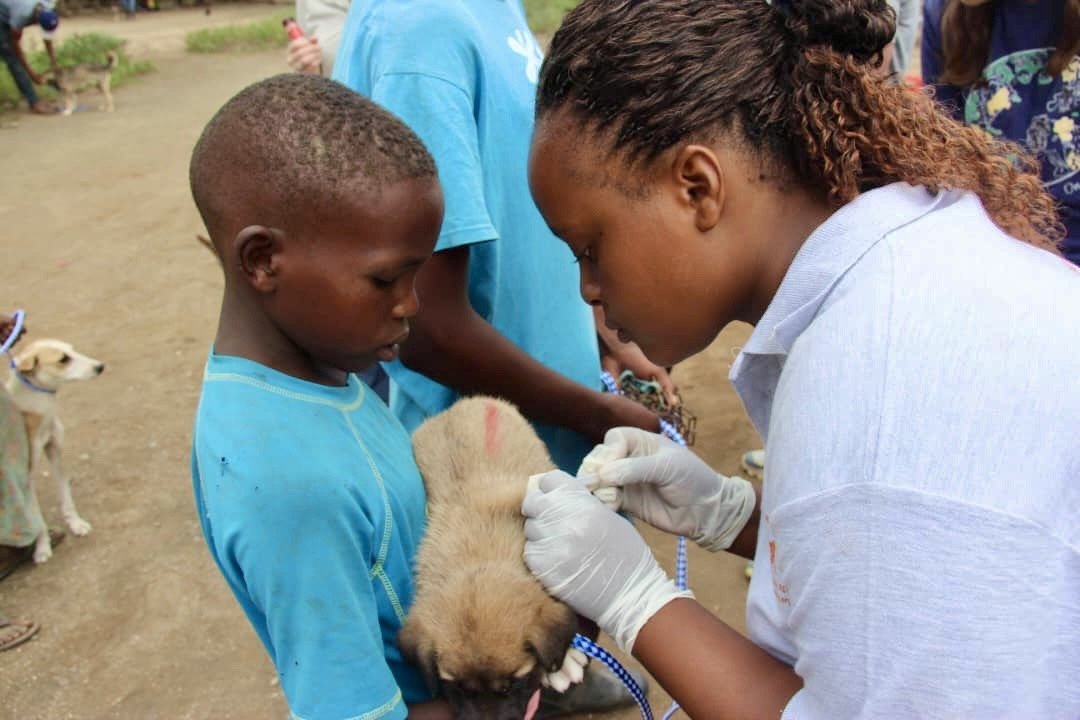

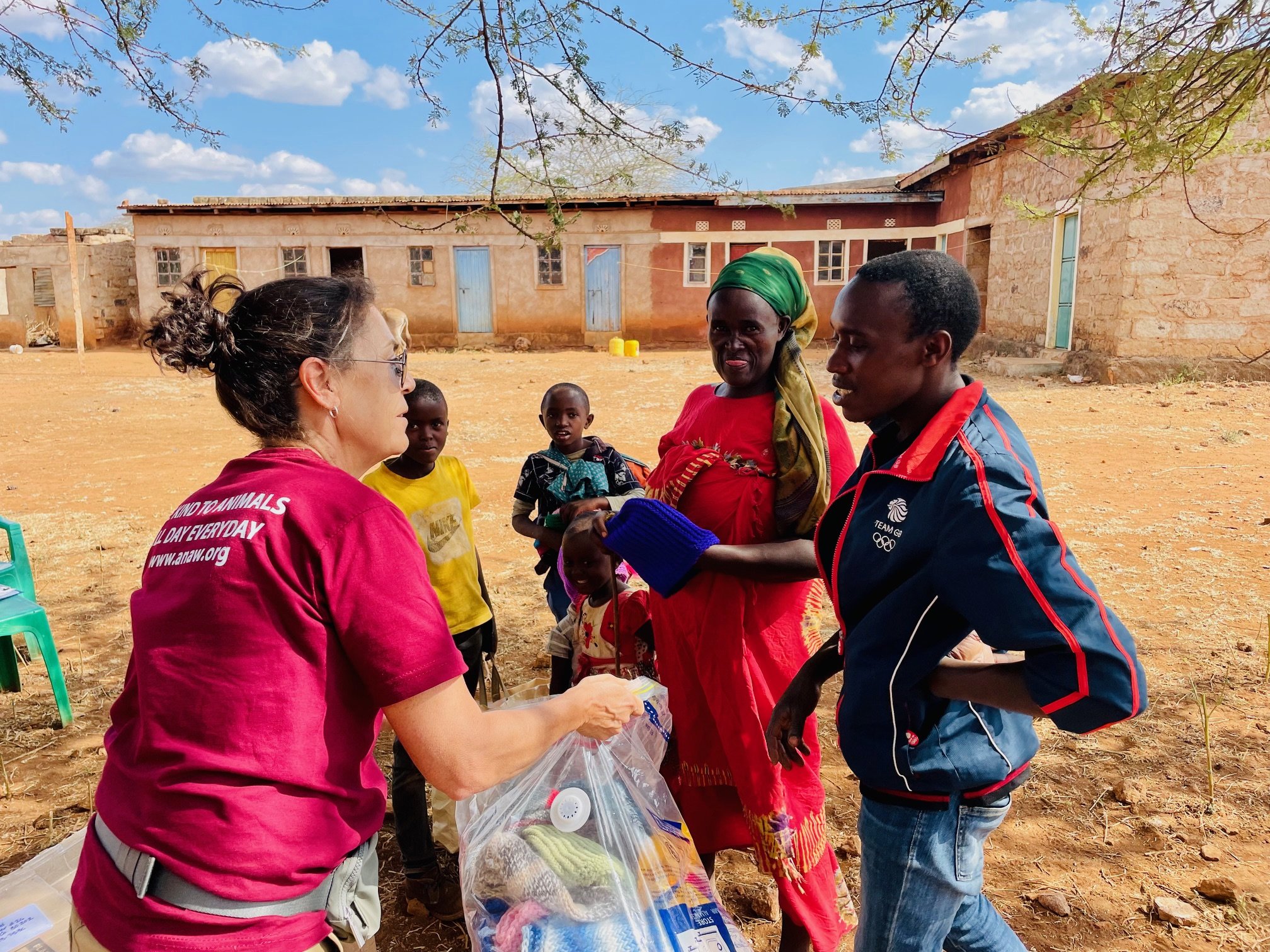




Combating Trends Towards Factory Farming
As an intensive poultry production facility was erected in neighboring Voi, evidencing the worrying trends towards factory farming and CAFOs in Kenya as a hunger alleviation strategy of global development agencies, we conducted a study in 2022 exploring: (1) current and emerging practices of factory farming and CAFOs in Kenya; (2) the incentives driving trends towards large-scale animal agriculture across the country among producers, suppliers, consumers, and policy-makers; and (3) the status of, and attitudes towards, plant-based alternatives to animal protein. In addition to producing empirical data on this poorly understood phenomenon, this study established a network of partners and community-based researchers across the country that we were able to train to carry out the research activities at each stage who are now continuing this critical work and informing farmed animal advocacy strategies in Kenya.
Big Picture: Why Support This Work?
Why should funders and constituents in the US care about these remote causes in this specific part of the world? How should we approach the challenge of effectively supporting animal advocacy and conservation efforts in Africa? Why is this alliance and exchange of resources and knowledge between the US and Africa important?
The future of animal advocacy efforts in Africa faces an array of challenge and opportunities. The continent is invariably going to feel the exponential changes in climate and seasonal weather patterns that have the potential to reconfigure daily life for millions of people. Conflictual relationships over scarce land and water resources, worsened by increasing trends towards industrial animal agriculture and the marginalization of pastoralist communities, have the potential to inflame already volatile tribal dynamics into civil conflicts across much of the sub-Saharan region, especially in the Sahel. Chinese investment into African infrastructure will inevitably diminish the economic autonomy and sovereignty of African nation-states, creating indebtedness that will have consequences for the ownership and preservation of the continent’s vast natural resources. At the same time, challenges to democracy and liberal values, unsustainable levels of inequality and corruption, and shifting geopolitics appear likely to erode and undermine the enforcement mechanisms and institutions of already fragile states. Without functional democratic mechanisms in place acting as levers to push governments and citizens to value such things as biodiversity, the environment, and animal welfare, the task of animal advocates will be an increasingly uphill battle. In the absence of functioning democracies, relying upon unenforceable global policies, supranational institutions, and ever more bureaucratic and complex systems to solve these crises would be unwise. Instead, we should focus our attention, our philanthropy, and our problem-solving on creative ways to promote tangible, place-based regeneration. This is precisely what the Center is attemping to do.

In a world that desperately needs success stories that bring to light what’s possible when committed people from different parts of the world come together to draw upon what they have to offer to create positive change that upholds our moral obligations to each other, other animals, and the natural world, the Center offers this in a way that is uncomplicated, tangible, and legitimately grassroots.
“The fact that this place exists fills me with hope, and reminds me that even if there’s no guarantee that discrete individual actions can cumulatively halt climate change or end animal exploitation, in this one specific place we can change the world in a big way.” - Dr Katherine Baxter







